Thecus W4000 4-Bay WSS 2012 R2 NAS Review
Bohs Hansen / 9 years ago
Introduction
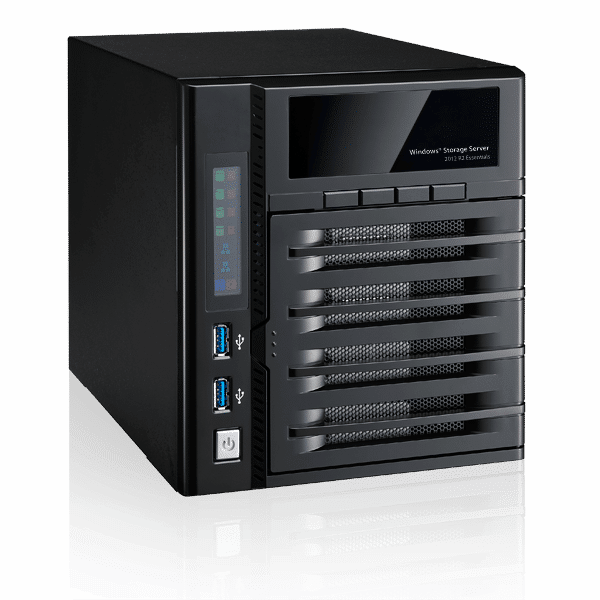
Most NAS devices we look at are based on some Linux or BSD distribution, but once in a while something different comes along. I’m excited to take a look at the new Thecus W4000 four-bay NAS server today, powered with Windows Storage Server 2012 R2 Essentials (WSS).
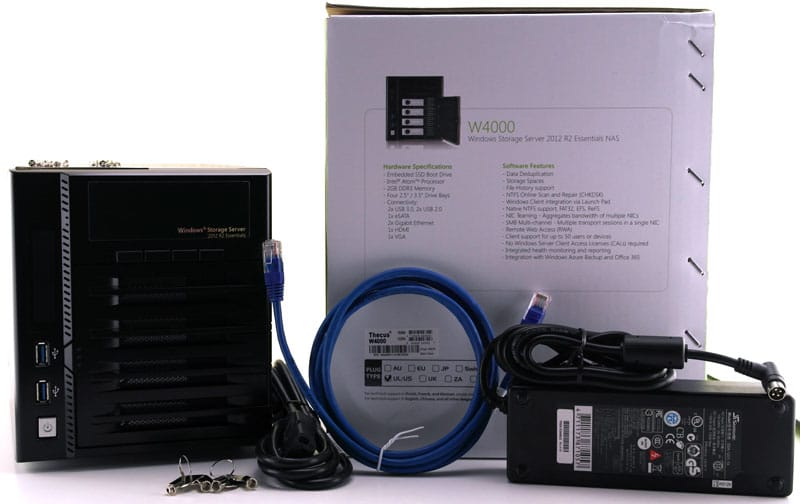
Thecus are the first to bring WSS 2012 R2 to NAS users as you might remember from our press coverage back in October. The use of a WSS system offers a host of benefits to SMB users, including data protection, integrated cloud services and secure remote access.
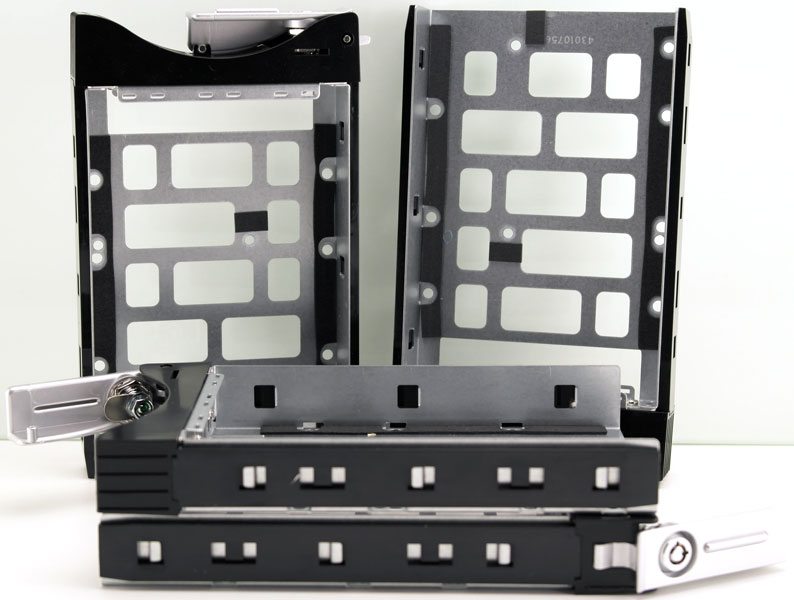
The integration of an NAS into Microsoft’s cloud-based applications and services, including Microsoft Office 365 and Microsoft Azure, has never been as easy before as with these new devices. The WSS NAS offerings look like they will provide users with an affordable and flexible solution with enough performance for SOHO and SMB environments.
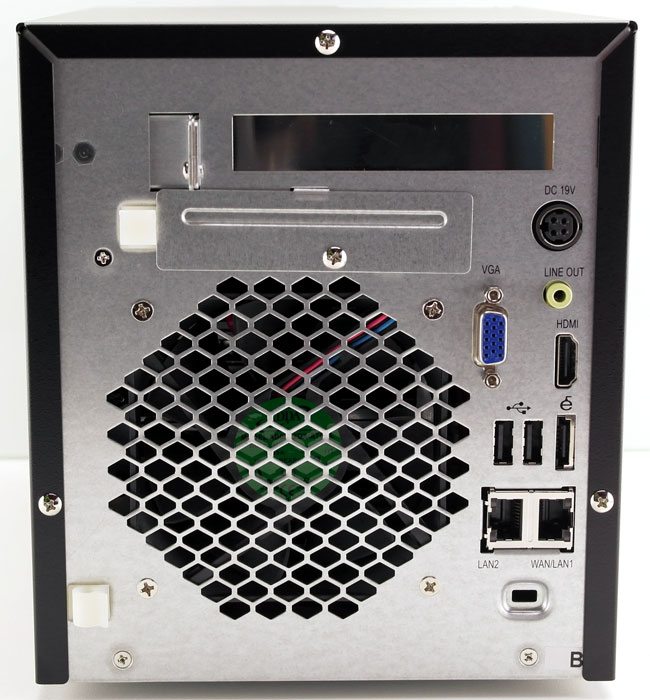
The Thecus W4000 is based on a dual-core Intel Atom running at 2.13Ghz and it has 2GB of DDR3 RAM. The memory sadly isn’t as easy to upgrade as in some of Thecus other devices, but it is possible due to the use of standard sized SO-DIMMs.
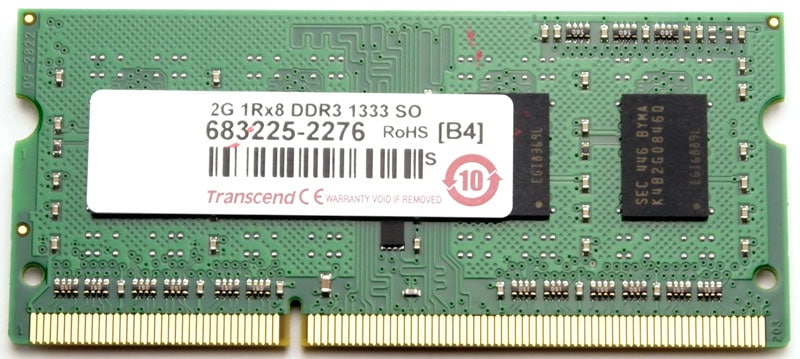
There is plenty of connectivity options on the W4000 with two USB 3.0 ports on the front and two USB 2.0 ports, one eSATA, dual Gigabit Ethernet, a line-out, a D-Sub VGA, and a HDMI port on the back; if that shouldn’t be enough, the W4000 also has a PCIe x1 slot for add-on cards.
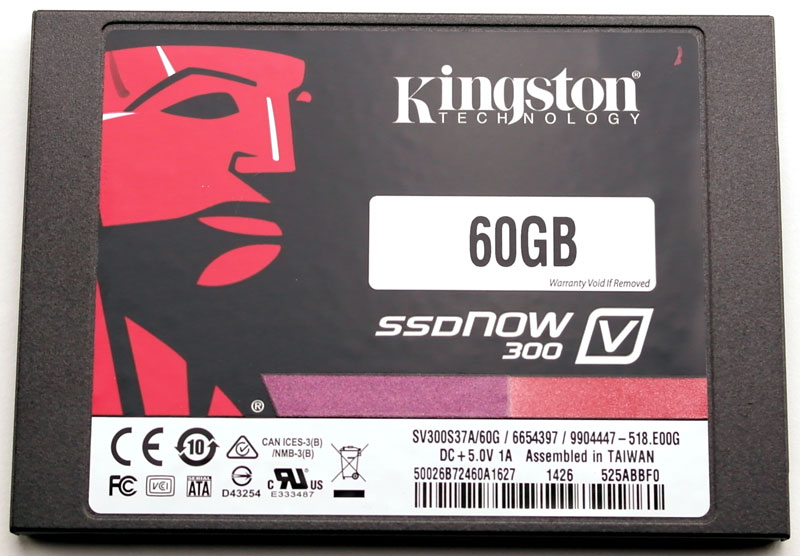
The features don’t stop there, as it also comes with an embedded SSD as boot drive and offers data deduplication for performance optimization, built-in automated client backup, Bitlocker drive encryption, and native NTFS support as well as online scan and repair.
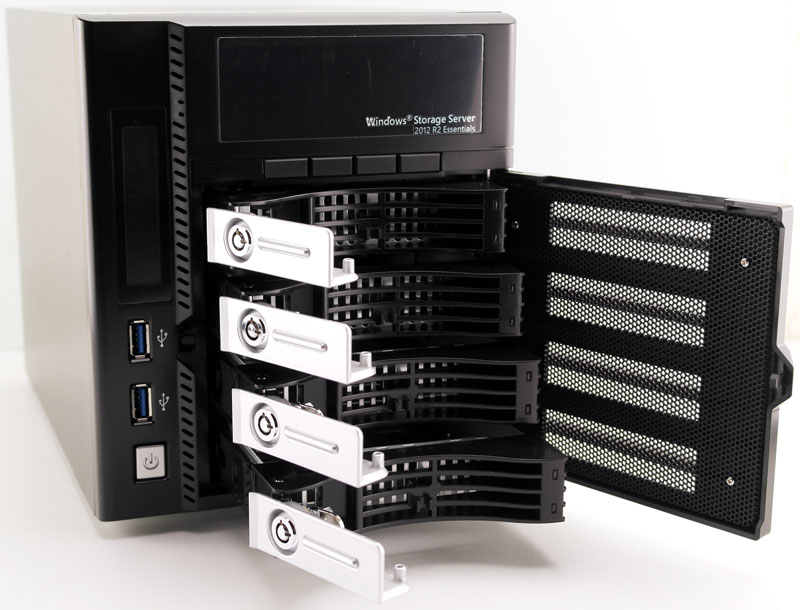
Thecus have created a great looking devices with the W4000, no doubt. It looks like a NAS should, simple, yet it features a lot of minor curves and design options that break the monotonous a bit. Adding the USB 3.0 ports on the front is a smart move as it’s likely those that will be used most as ports for temporary connections while more permanent devices are connected via the rear connections.
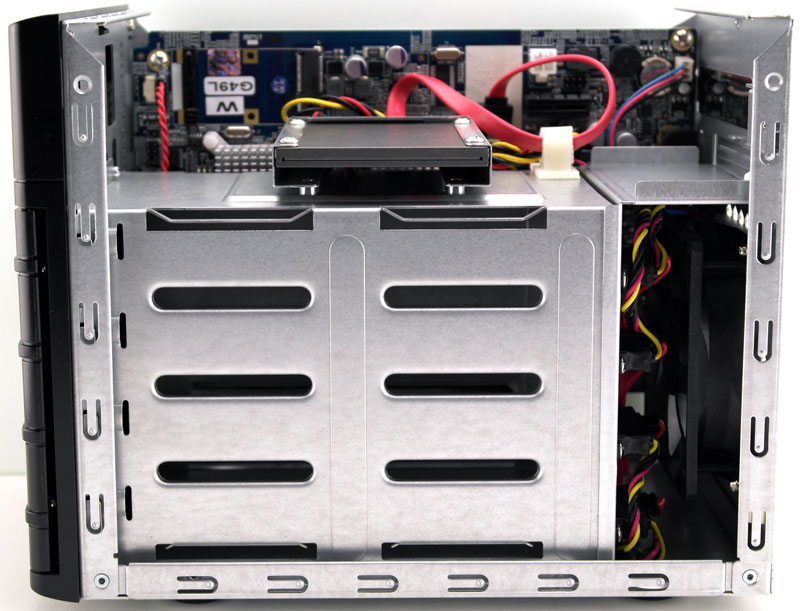
The tower features horizontal mounted drive bays, which I believe to be better for the hard drives over time. At the top, we see the space for the OLED display and its four control buttons and on the side it has the iconized LEDs for connectivity and activity.
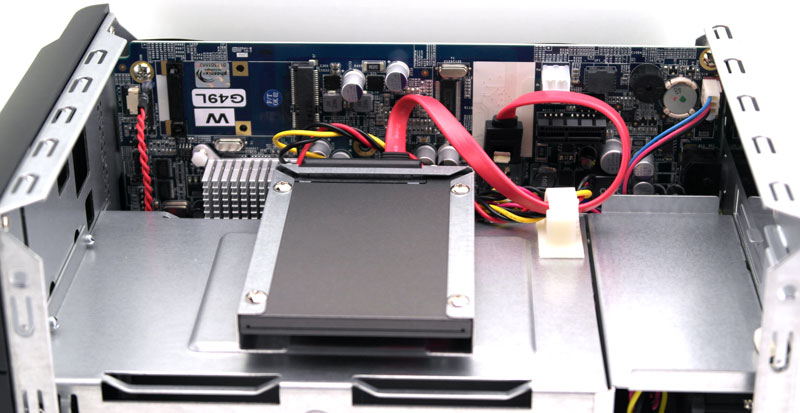
Thecus also added an unmentioned feature to the motherboard, an mSATA slot. It is located at the top of the motherboard and easily accessible without the need to take everything apart. The use of a standard SSD further allows you to upgrade or change drive depending on your personal needs.




















